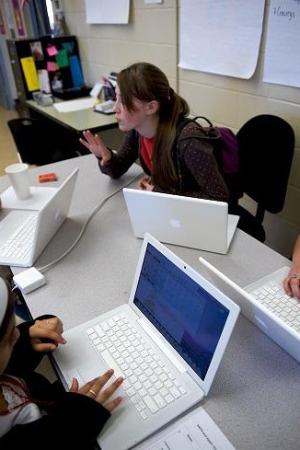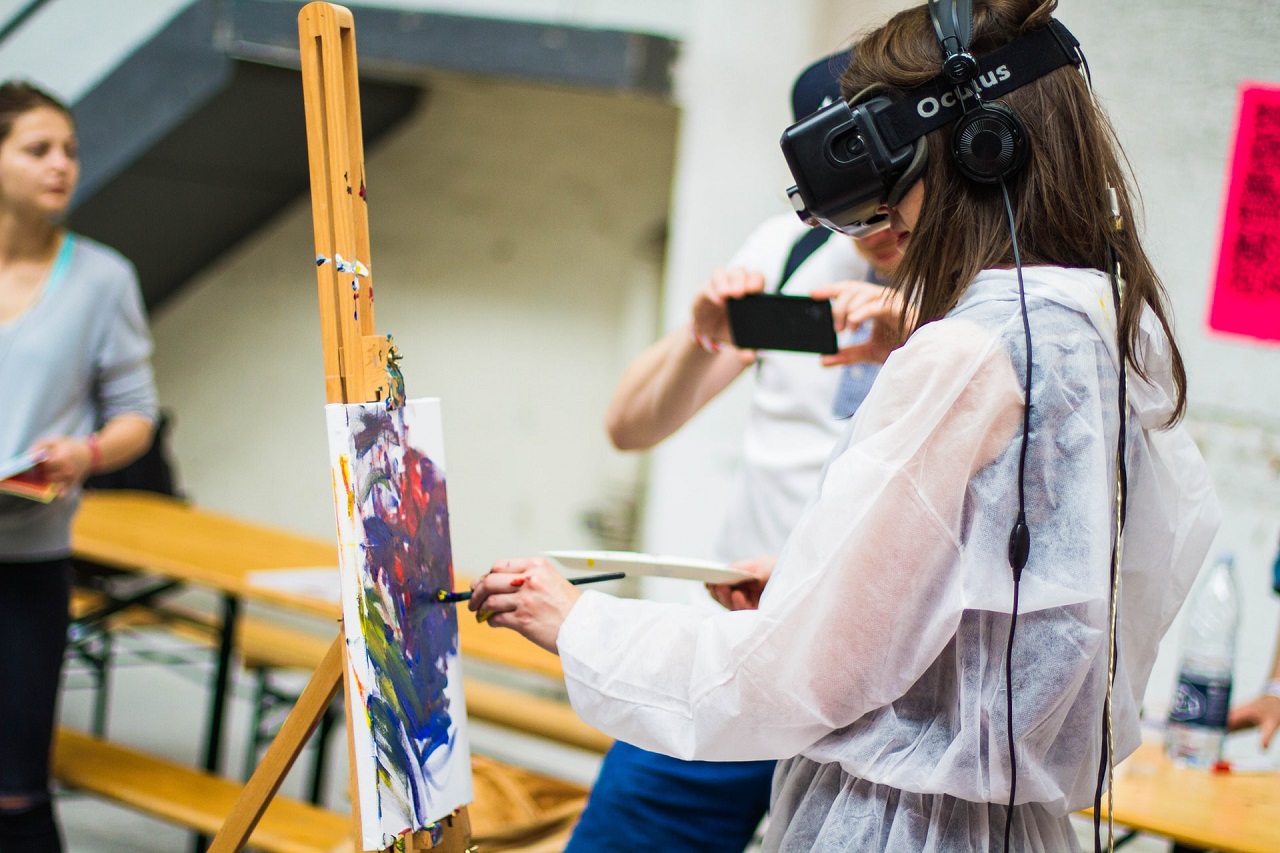Being able to inspire students on a daily level and motivate them to do all the things required by the schooling system might just be the hardest thing for a teacher today. It is not a secret that most students’ attention span is generally quite small and that they are not ready to join class activities due to patience deficiency, social anxiety and other reasons. This is why a number of Australian teachers introduce modern technologies, visual and auditory stimuli to engage their students in class and extract a response from them. Such a method is, of course, not completely new, but recent developments in technology allow teachers to do even more than the previous generations could. Here are a couple of examples of what certain devices can create in a secondary-school classroom.
Age Group
 When it comes to the age of secondary-school pupils in Australia, the system is a bit different from most European states and high schools in the USA. Namely, secondary education in most Australian territories comprises of six years/grades, so the children involved are from ages 12 or 13 to 17 and 18. Being faced with such a big age difference – 12-year-olds are still just children in a way, while 18-year-olds are almost adults and already legally allowed to drink alcohol, for example – it is impossible to have a unique system for all years. This is true with application of technology, too, so the pupils’ age is an important factor.
When it comes to the age of secondary-school pupils in Australia, the system is a bit different from most European states and high schools in the USA. Namely, secondary education in most Australian territories comprises of six years/grades, so the children involved are from ages 12 or 13 to 17 and 18. Being faced with such a big age difference – 12-year-olds are still just children in a way, while 18-year-olds are almost adults and already legally allowed to drink alcohol, for example – it is impossible to have a unique system for all years. This is true with application of technology, too, so the pupils’ age is an important factor.
Sponsored Programs
A school technology system has several phases – an overall monitoring system, appliances in all classrooms and personal devices for all students, which is optional. Since it is hard to achieve all these without some sort of financial back-up, some schools opt for sponsorship from big companies, like seven schools in Australia did in 2011. They took part in a Worldwide Innovative Schools program led by Microsoft and started using their technology in teaching and learning. The company provided schools with both software and hardware, as well as numerous options for easier communication – IM, video chats, cloud storage, etc. – between teachers, students, school administration and even local community.
Individual Growth
Allowing the pupils to set their own pace is of the utmost importance in teaching and allowing them to work on their own laptops and tablets in school is even better. This was accomplished in New South Wales last year with their Bring your own device policy. Encouraging high school students who are old enough to responsibly use their own devices in class will ease their transition from schoolwork to housework. Moreover, they are free to make their own notes or access online HSC notes during the class, which makes them more involved, and prepared to do homework and pass their tests. Ultimately, with the rise of cloud computing all over the world, the students will be able to share notes, thoughts and insights on their subjects and communicate with each other more efficiently. The perk of this high-speed Internet age is to bring us closer together, which is why cloud technology has already been installed in a number of Australian schools.
The Application of Apps
Denying secondary school pupils the chance to apply what they know – apps– to what they need to know – knowledge of certain subjects – makes no sense in modern schooling. That is why it is more productive not just to allow them to use learning apps, but to even stimulate them to do so. The number and versatility of these apps is vast today and teachers should take that fact into consideration when creating curricula and deciding what will be taught. For example, teachers in some schools are free to use mobile apps as a homework enhancement option and set tasks for their students this way, which is far more interesting for them and far easier for the teachers. Moreover, some apps are helpful with subjects like Mathematics, Physics, Chemistry, and Music because they have auto-complete options that assist pupils when solving an equation or creating music sheets.
A Comprehensive Online Assessment Program
Finally, all these individual appliances of technology have to be assessed in some way and a wider, more thorough conclusion has to be made. Due to that, the government of Australia supports a program of national assessment that is conducted over the Internet and connects all schools into a single network using digital technology. Teachers are allowed to measure their students’ knowledge and grade them faster and more accurately, while schools are provided with results in a more precise and trustworthy way.




